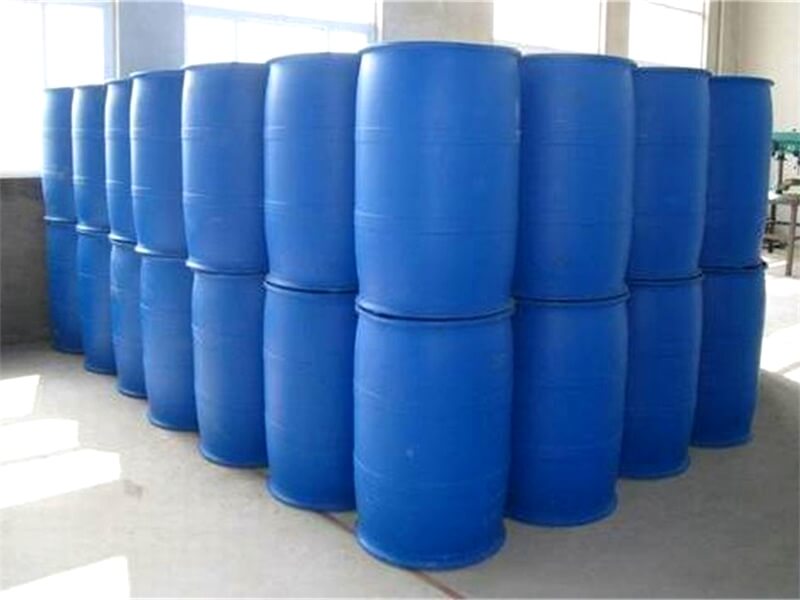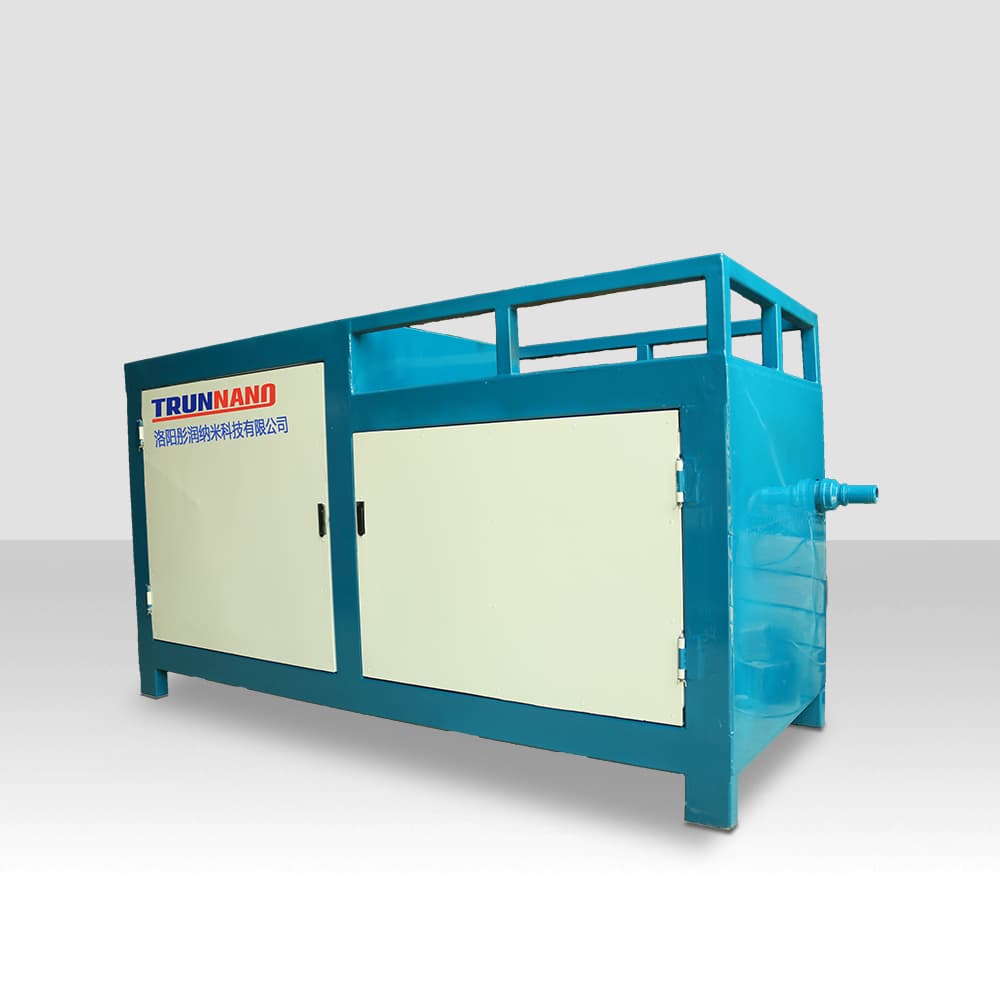Professional solutions on concrete addtives, Concrete Foaming Agent, Superplasticizer, CLC Blocks Additives, and foaming machine
(6 ways to quickly solve the problem of concrete cracks)
Concrete cracks are physical, structural changes of concrete structures due to the action of internal and external factors, which have a serious impact on structural strength. It is very important to effectively control the impact of concrete cracks. The following summarizes 5 methods to take you solve the problem quickly.
1. Resin infusion method
Among the crack repair methods, the epoxy resin infusion method is one of the most common methods. The specific steps are as follows.
In the repair process of this method, cracks, micro-cracks in concrete, and voids in concrete and rebar are filled with epoxy resin. The setting between the epoxy and concrete is stronger than the bond between the concrete itself, so if no further damage occurs, the repair should work and the new material.
This repair method is mainly suitable for through cracks. Epoxy infusion is commonly used to repair cracks caused by earthquakes. Epoxy infusion is not recommended for concrete with significant chloride content.
2. Polymer immersion method
The polymer immersion method mainly includes the gravity infiltration method and vacuum infiltration method. The specific operations are as follows.
Gravity infiltration
Low-viscosity liquid resin can seal ground cracks of not less than 0.1mm on road surfaces and bridge decks. Brush the resin onto the surface, or build a temporary bank along the crack on a horizontal surface, allowing the resin to spill over the crack surface.
vacuum infiltration
More suitable for sealing multiple irregular surface cracks. Seal the surface of the crack first, and remove the vacuum to remove all the air in the crack and pores. A pure epoxy resin slurry was then injected into the crack surface at atmospheric pressure.
3. Surface sealing method
When treating the concrete base, clean the surface that needs to be scratched with crack repair glue to ensure no oil, sand, and floating dust and keep it dry. Then follow the steps below.
Mixing glue: According to the recommended ratio, mix the crack repair glue; the ratio is A: B=2:1 and the operating time at 25℃ is about 45~60min.
Stir the crack repair glue: Weigh the crack repair glue in a clean and dry container according to the recommended proportion of glue, and stir it with a putty knife or other special tools until the color is the same.
Construction: When used for perfusion crack construction, use a putty knife to reciprocate and scrape along the crack and evenly apply a layer of HM-120ml glue with a thickness of about 1~2cm and a width of 2~3cm. Pay attention to prevent small air bubbles, sand, etc., from mixing and causing sealing. Not strict.
When used to paste the injection nozzle, care should be taken to prevent the injection hole from being blocked.
When used for pouring and pasting steel plates, a spatula is used in the gaps around the steel plates, bolts, and the gaps around the grouting nozzle, and the crack repair glue is repeatedly smeared and sealed until it is dense.
Curing and maintenance: After 1 day (25°C) of sealing with crack repair glue, the next process can be carried out.
4. Self-closing method
Concrete's ability to close cracks on its own is called "self-closing," a phenomenon that occurs in moisture and no tensile stress.
The mechanism of the self-closing method is that the calcium hydroxide in the cement slurry is carbonized due to the presence of carbon dioxide in the surrounding air and water, resulting in the precipitation and growth of calcium carbonate and calcium hydroxide crystals in the cracks.
The interweaving of crystal combination produces a mechanical bonding effect, enhanced by chemical bonding between adjacent crystals and between crystals, cement slurry, and aggregate surfaces. Finally, the tensile strength of concrete cracks is restored to a certain extent, and the cracks are also filled. Mainly used for repairing structures in wet environments. Water saturation must be maintained continuously throughout the self-closing period.
5. Grouting
The grouting method mainly includes the standard cement grouting method and polymer infusion method. The specific operations are as follows.
Ordinary cement grouting
Cracks in the rock foundations of large-volume dams, thick concrete walls, or hydraulic structures are sometimes closed by injection of Portland cement mortar.
polymer infusion
The grout based on urethane or acrylamide polymer reacts with water to form a solid precipitate or foam, which plays the role of sealing cracks. It can be used in wet environments.
6. Add concrete anti-cracking agent
Before the concrete product is poured, the concrete anti-cracking agent developed by Tongrun is added to the concrete slurry.
Cement anti-crack agentis Tongrun's full use of the physical and chemical changes in the cement curing process. The chemically synthesized powder can prevent cracking and cracking from both physical and chemical aspects, significantly improving the strength of lightweight concrete.
The anti-cracking agent can effectively solve the problem of the natural cracking of cement products. Adding the anti-cracking agent to lightweight concrete can reduce the cracks and hollowing of lightweight concrete, increase the strength of mortar and improve the quality of the project.
The anti-crack agent solves the problems of large shrinkage deformation, poor impermeability, and weak crack resistance of ordinary cement products. Directly incorporated into cement can effectively control the plastic shrinkage and cracks caused by the segregation of lightweight concrete, significantly improving the strength of lightweight concrete cracking performance, anti-freezing, anti-shock performance and wear resistance, and earthquake resistance.
Luoyang Trunnano Tech Co., Ltd (TRUNNANO) is a professional concrete anti-cracking agent powder supplier with over 12 years experience in nano-building energy conservation and nanotechnology development. We accept payment via Credit Card, T/T, West Union and Paypal. Trunnano will ship the goods to customers overseas through FedEx, DHL, by air, or by sea.
If you are looking for high quality concrete anti-cracking agent, please feel free to contact us and send an inquiry.
(6 ways to quickly solve the problem of concrete cracks)









